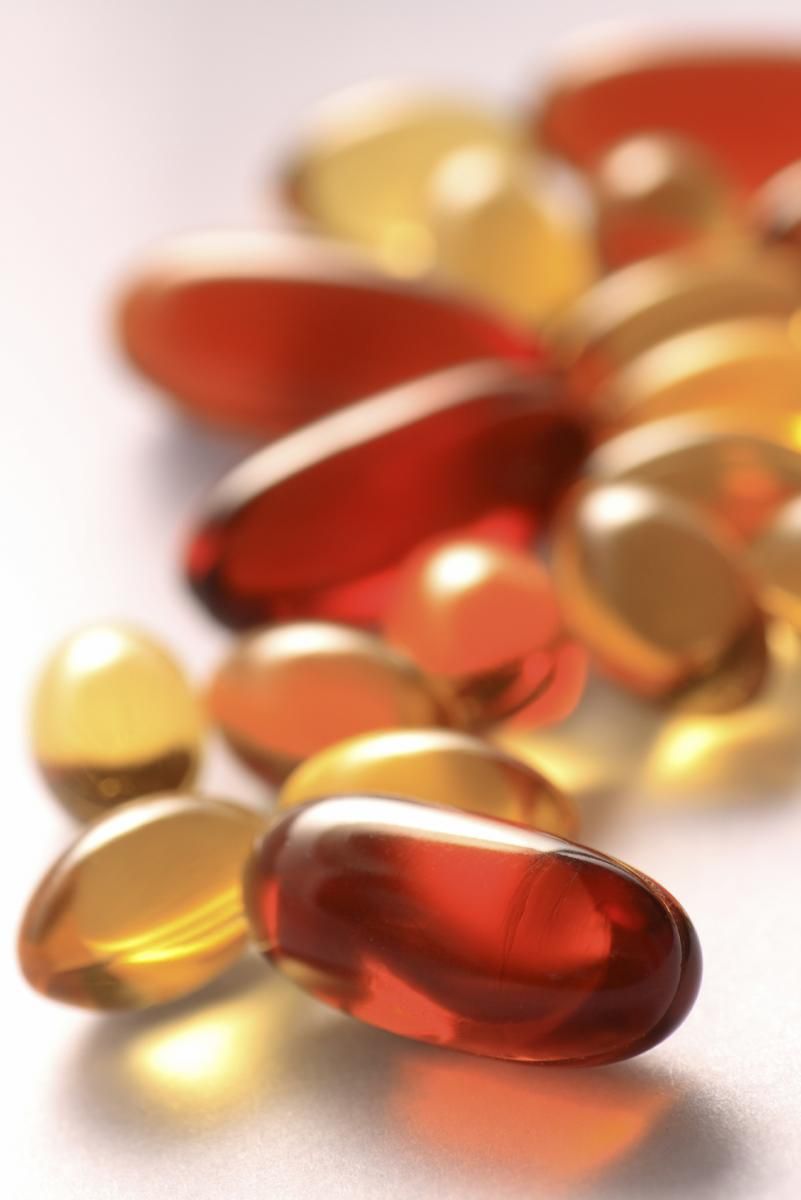What Troubles Gelatin Dissolution in Water?
Even though hard gelatin capsules are popularly used for dietary supplements, the dissolution rate of gelatin in water can vary. Why and how gelatin dissolves in water is still up for debate, but manufacturers can stay appraised of the latest theories with a review of gelatin dissolution just published in Food Hydrocolloids.

Even though hard gelatin capsules are popularly used for dietary supplements, the dissolution rate of gelatin in water can vary. Why and how gelatin dissolves in water is still up for debate, but manufacturers can stay appraised of the latest theories with a review of gelatin dissolution just published in Food Hydrocolloids.
When gelatin has a low dissolution rate, this has often been attributed to gelatin’s tendency to form cross-links. This natural action results in a more stable gel network and, thus, prevents easy dissolution of the gelatin in water. Unfortunately, researchers are not at a consensus regarding these cross-links. Environmental factors such as temperature, UV light, and humidity can affect cross-link formation, but researchers evidently have not fully agreed upon the time and rate of such conditions to yield cross-links nor the full scope of types of cross-links that exist in gelatin. Other factors, such as manufacturing processes and molecular weight of gelatin ingredients, are surely at play.
“Among all the factors identified as influencing the dissolution of gelatin, no hierarchy of their importance has yet been established,” said researchers from the French National Institute for Agricultural Research (INRA) and gelatin supplier Rousselot (Gent, Belgium), who created the review. “Cross-links were given more attention in this article, but the structure of gelatin chains could also have an influence on gelatin solubility.”
Interested manufacturers can stay updated on gelatin dissolution science by purchasing or renting the full review.
Robby Gardner
Associate Editor
Nutritional Outlook magazine
robby.gardner@ubm.com
Photo © iStockphoto.com/MarsBars
HHS announces restructuring plans to consolidate divisions and downsize workforce
Published: March 27th 2025 | Updated: March 27th 2025According to the announcement, the restructuring will save taxpayers $1.8 billion per year by reducing the workforce by 10,000 full-time employees and consolidating the department’s 28 divisions into 15 new divisions.
HHS announces efforts to eliminate independent conclusion of GRAS
Published: March 11th 2025 | Updated: March 11th 2025U.S. Department of Health and Human Services (HHS) Secretary, Robert F. Kennedy Jr., is directing the acting U.S. Food and Drug Administration’s (FDA) acting commissioner to explore rulemaking that would eliminate the independent conclusion of GRAS provision.






